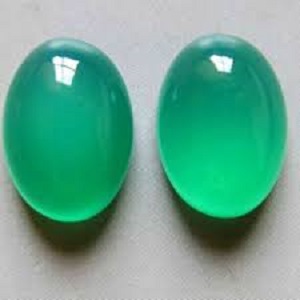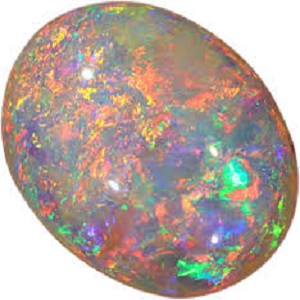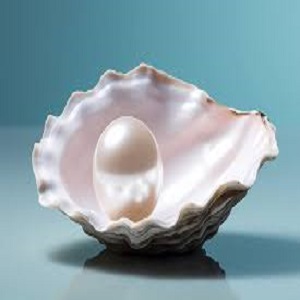Diamond specifications
Diamond, a mineral composed of pure carbon. It is the hardest naturally occurring substance known; it is also the most popular gemstone. Because of their extreme hardness, diamonds have a number of important industrial applications
| country | mine production 2006 (carats)* | % of world mine production |
|---|---|---|
| *Estimate. | ||
| **Detail does not add to total given because of rounding. | ||
| Source: U.S. Department of the Interior, Mineral Commodity Summaries 2007. | ||
| Australia | 25,000,000 | 29.4 |
| Congo (Kinshasa) | 24,000,000 | 28.2 |
| Russia | 15,000,000 | 17.6 |
| South Africa | 9,000,000 | 10.6 |
| Botswana | 8,000,000 | 9.4 |
| China | 1,000,000 | 1.2 |
| United States | 300,000 | 0.4 |
| other countries | 3,000,000 | 3.5 |
| world total | 85,000,000 | 100** |
Carbon is a necessary condition for the formation of diamonds, but it is not enough because graphite is also composed of carbon. It is the way the carbon atoms are placed next to each other that shows the difference between diamond and graphite. In other words, the crystal structure of a rock will play an important role in its nature
 The conditions for diamond formation are very difficult and complex. Perhaps when you look at the beautiful diamond ring with precious diamonds on it and the shine behind the jewelry showcase, you do not think about the difficult steps it has taken to get here. Diamonds are formed at depths of more than 150 km below the earth’s surface at very high temperatures and pressures. Knowing the information about the process of diamond formation and extraction will help you to have a better understanding of why quality diamonds are a rare and valuable piece of jewelry.
The conditions for diamond formation are very difficult and complex. Perhaps when you look at the beautiful diamond ring with precious diamonds on it and the shine behind the jewelry showcase, you do not think about the difficult steps it has taken to get here. Diamonds are formed at depths of more than 150 km below the earth’s surface at very high temperatures and pressures. Knowing the information about the process of diamond formation and extraction will help you to have a better understanding of why quality diamonds are a rare and valuable piece of jewelry.
Recognize natural diamonds
Diamonds are said to have first been introduced to Europe in the fourth century BC, but were previously found by humans in India in an area called Golconda and have been the only known source for 2,000 years
In the late nineteenth century, the stone trade entered a new phase with the advent of diamonds in South Africa, and since then, due to the increase in trade to Europe, there has been a huge change in the trade of this stone
 Because of the solid structure of the diamond, the Greeks called it Adamao, which means “I obey.” The adjective of this word Adamas means immortal (invincible). Finally, we identify diamond with its synonym, Diamond. Of course, it is not clear exactly when this word was used, because in the past, this title belonged to the second hard rock, namely corundum, the same group of ruby stones or something else
Because of the solid structure of the diamond, the Greeks called it Adamao, which means “I obey.” The adjective of this word Adamas means immortal (invincible). Finally, we identify diamond with its synonym, Diamond. Of course, it is not clear exactly when this word was used, because in the past, this title belonged to the second hard rock, namely corundum, the same group of ruby stones or something else
| Diamond Characteristics Chart | |
|---|---|
| chemical mixture | Crystallized carbon |
| Color | Colorless, yellow and brown rarely green, blue and reddish-orange and black |
| The color of the soil | without color |
| Transparency | Clear to completely opaque |
| Occur | Full |
| luster | adamantine |
| RI | 2.419 – 2.417 |
| Double defeat | no |
| Mouse Hardness | 10 |
| Special Weight | 3.53 – 3.50 |
| Crystal system | Cube |
| Fluorescence | Yellow and colorless diamonds: almost blue and greenish brown diamonds: often green |
Diamond color
The color of a diamond plays an important role in determining its price. Many gemstones have a specific color based on their impurities, but this is not the case with diamonds, but often depends on the amount of nitrogen present and the structural defects in its crystal lattice. The presence of nitrogen causes a yellow tint. The presence of carbon in the crystal lattice of pure diamond also causes it to turn blue
The pink color factor in diamond is the same as brown, and we have a lot of undertones between these two colors. Sometimes in a diamond, both brown and pink can be seen. In 2013, Pink Star’s rare pink diamond was sold for more than $ 60 million and weighed 59.6 carats

If diamond atoms are rich in hydrogen, they are found in green
There is even a type of diamond called Chameleon (a type of chameleon) that changes color! The color changes from light green to light yellow, and this discoloration occurs when the diamond is immersed in ignited alcohol for a day or more at a temperature of 200-300 ° C, in which case the diamond turns yellow for several minutes. And then turns to its persistent gray-green color
Diamond stone was first minted in the 14th century. The first diamond cut was to polish natural surfaces in the form of octahedrons, which was known as a sharp cut because of its shape. This type of lathe was the beginning of efforts to achieve maximum brightness and shine for today’s modern lathes. The different parts of a masonry are
CROWN: The upper part of the rock.
PAVILION and CULET: which is called the end of the stone.
GIRDLE: which is called the edge separating the crown from the tent.
Fact: Attributed to the smooth and polished surface of the stone.
Table: is called the largest fact on the stone.




